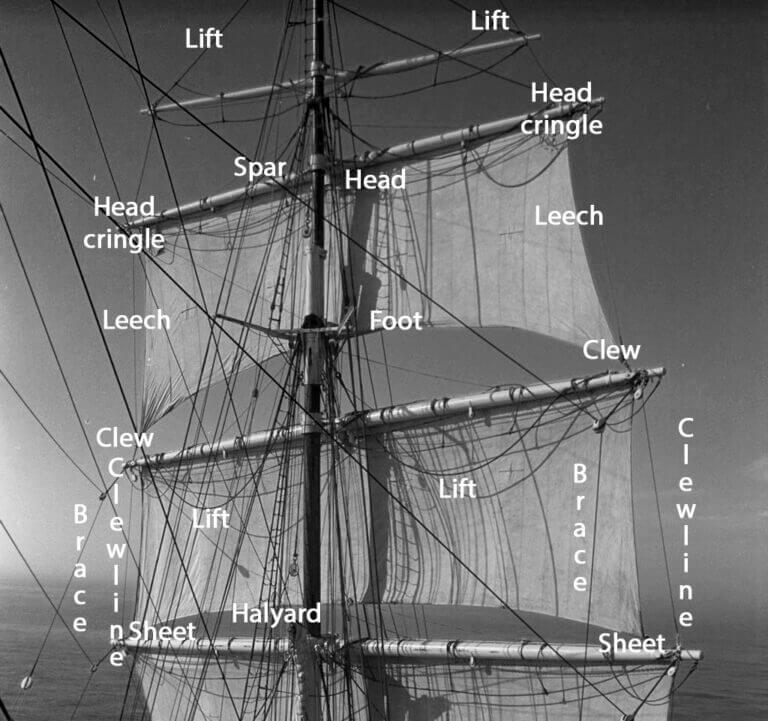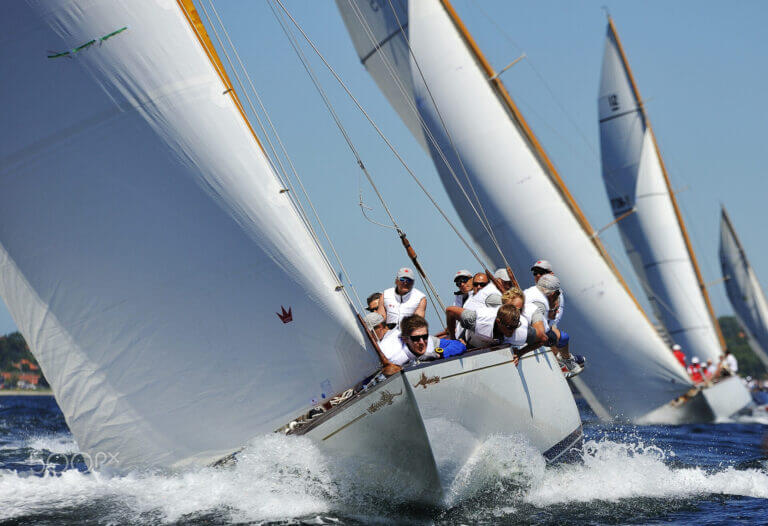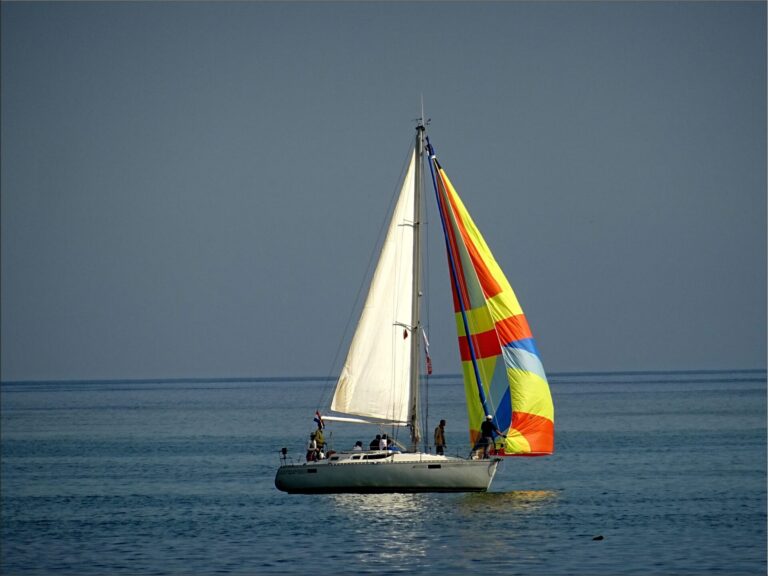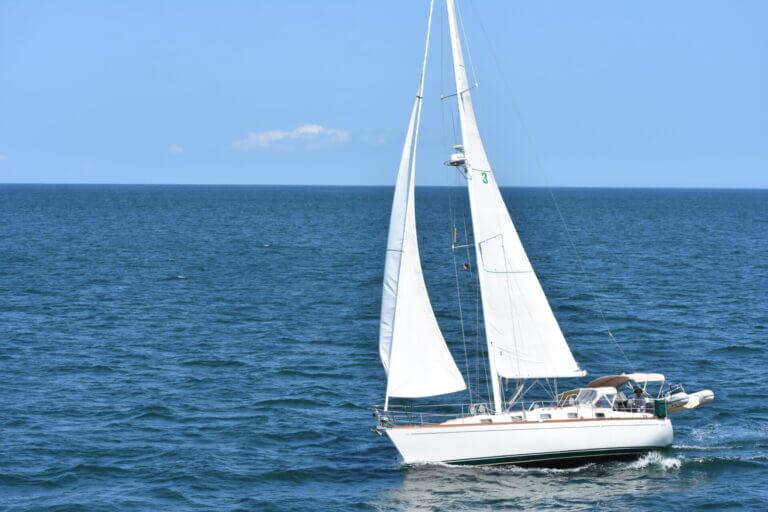What is a Keel?: The Backbone of a Ship
As ships sail through tumultuous seas, their stability and maneuverability are tested to the fullest extent. The intricate design and engineering that go into a ship’s construction ensure that it can withstand the forces of nature and navigate through any challenging conditions. One of the most critical components of a ship’s design is the keel, the backbone of the vessel that determines its stability and balance. The keel has a long and fascinating history, from its earliest origins to its modern-day design considerations.
Understanding the anatomy, function, and types of keels is essential for any seafaring enthusiast or professional. In this article, we’ll delve into the intricacies of what is a keel, exploring its history, types, function, and future. Whether you’re a seasoned sailor or simply curious about shipbuilding, join us on this journey as we discover why the keel is truly the backbone of a ship.
A keel in its basic form is a flat blade located under a sailboat that dips into the water.
It has two purposes: to prevent the boat from being pushed sideways by the wind and to hold the ballast that maintains the boat’s upright position.
History of Keels
The history of keels dates back to ancient times, where ships were constructed from a simple dugout log. As shipbuilding advanced, keels began to take shape in the form of a simple plank, extending from the bow to the stern. These early keels were primarily used to provide a rigid structure for the ship and to provide stability by countering the lateral forces of the sails.
With the advent of the Age of Sail, the importance of the keel increased significantly. As ships became larger and more complex, so too did the keel design. The early keels were replaced by more substantial and elaborate designs, such as the deep keel and the long keel. These designs provided greater stability and resistance to the lateral forces of the wind, allowing ships to sail further and faster than ever before.
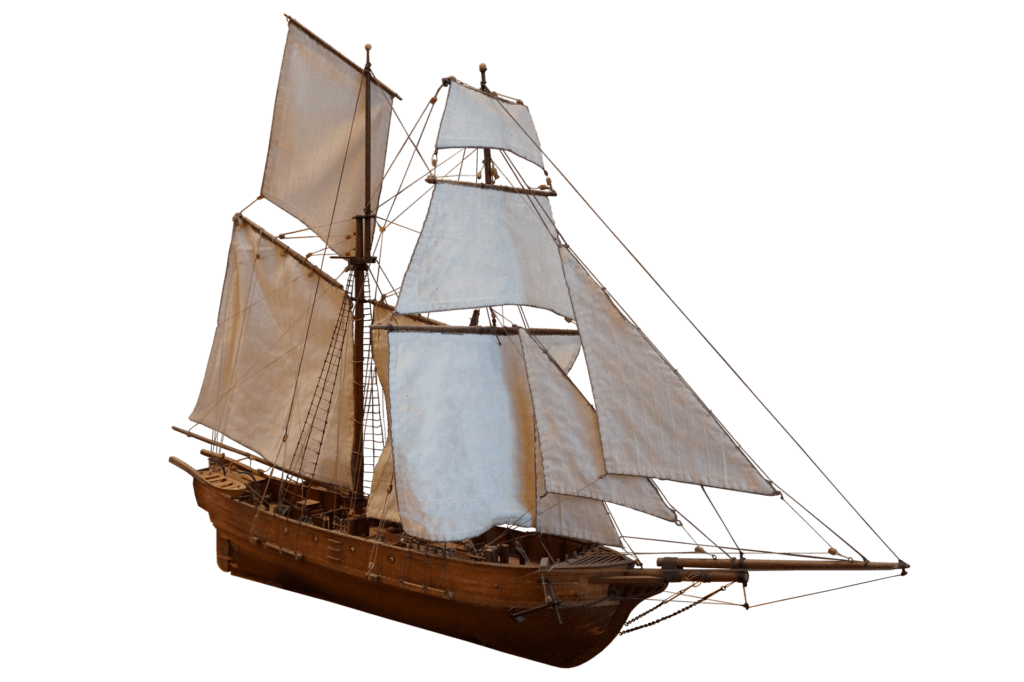
During the 19th century, shipbuilding experienced a significant transformation with the introduction of iron and steel construction. This led to the development of the modern keel, which incorporated a central steel plate that was reinforced with additional plates and ribs. This new design provided unparalleled strength and durability, allowing ships to navigate even the most treacherous waters.
In the modern era, keel design continues to evolve, with a focus on maximizing performance and minimizing environmental impact. As shipbuilding technology advances, so too does the complexity of the keel, with the introduction of cutting-edge materials and innovative design techniques. From its humble beginnings to its modern-day applications, the history of the keel is a testament to human ingenuity and the endless possibilities of engineering.
The Most Common Sailboat Keel Types
Full Keel: Long and Deep
A full keel is the most traditional and conservative type of keel. It extends the entire length of the ship and provides excellent directional stability. The full keel is typically narrow and deep, with a flat bottom and a gentle slope towards the front and back. Full keels are commonly used in traditional sailboats and small cruising boats due to their stability and ease of handling.
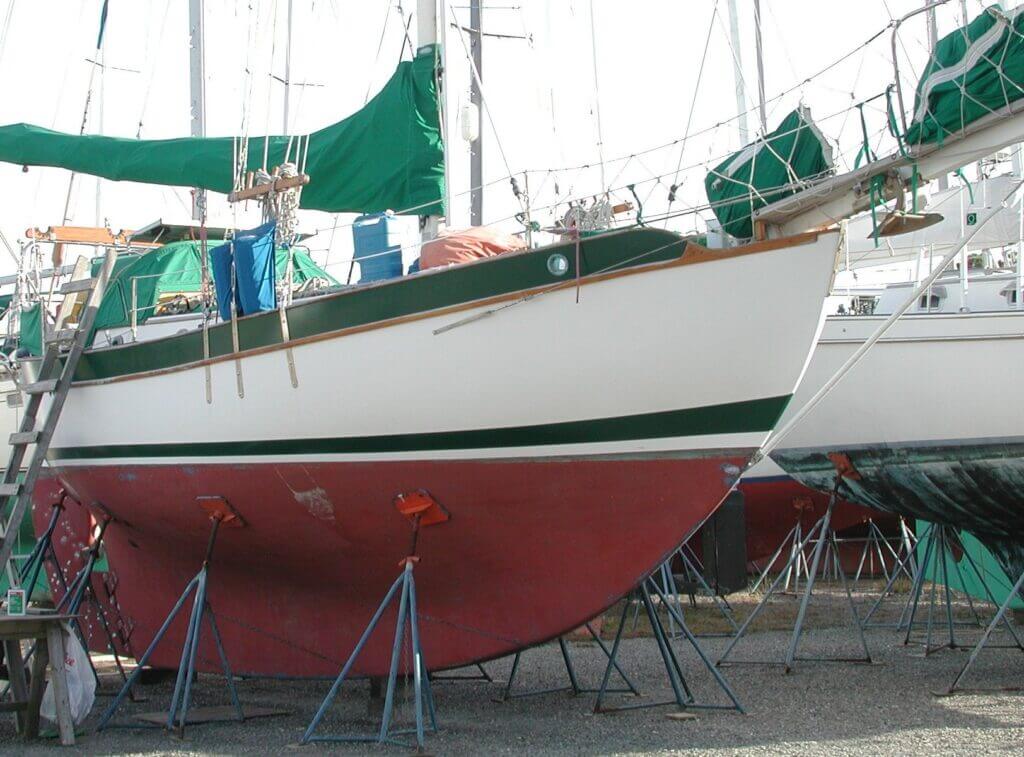
Fin keel: Narrow and Deep
The fin keel is a more modern and streamlined type of keel. It is typically shorter and deeper than a full keel and is designed to reduce drag and increase speed. The fin keel is shaped like a thin blade that extends down from the hull, providing excellent lateral resistance. Fin keels are commonly used in racing sailboats and high-performance cruising boats.
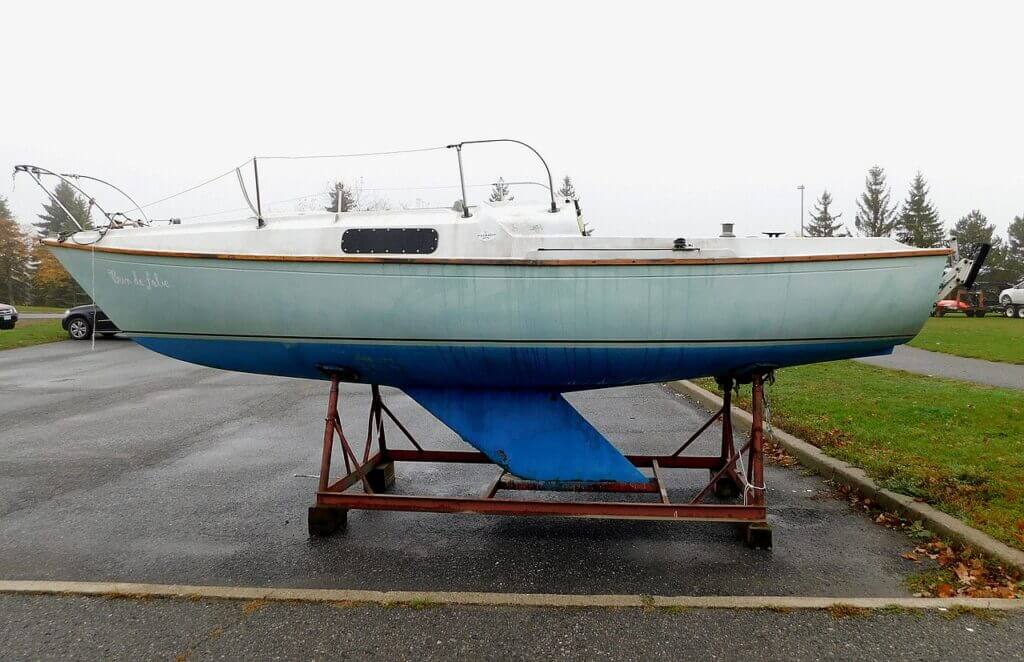
Bulb keel: Fin Keel with a Bulbous Weight
A bulb keel is a type of fin keel with a bulbous weight at the bottom, which increases stability and reduces drag. The added weight at the bottom of the bulb keel helps keep the boat upright in rough seas, making it an ideal choice for performance-oriented cruising boats.

Wing Keel: Two Horizontal Wings
The wing keel is a type of keel that incorporates small wings or flaps at the bottom of the keel. These wings or flaps help to generate lift and reduce drag, making the ship more efficient and faster. The wing keel is commonly used in racing sailboats and some high-performance cruising boats.
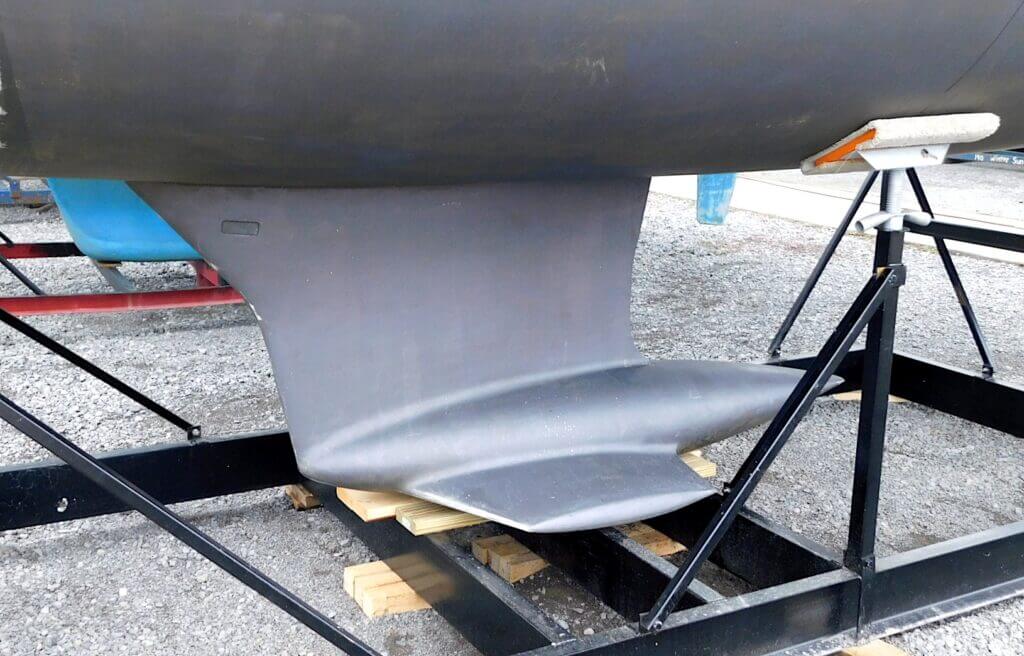
Bilge Keels: Pair of Shorter Keels
The bilge keel is a unique type of keel that features two separate keels on either side of the ship’s hull, near the bilge area. The two keels are identical in shape and size and run parallel to each other. Bilge keels provide excellent lateral stability, especially in shallow waters, and they also offer protection against grounding. They are commonly used in small commercial vessels and some pleasure craft.
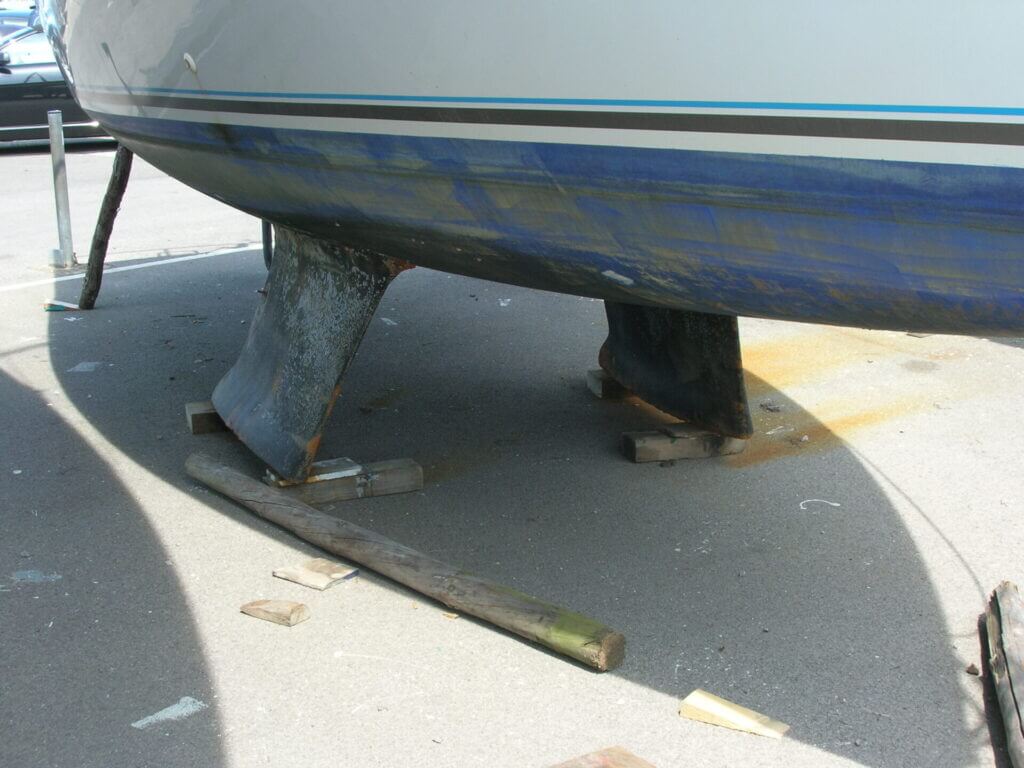
Centerboard: Retractable Keels
A centerboard is a retractable keel that can be raised or lowered depending on the depth of the water. It provides good upwind performance and allows access to shallow waters. Centerboards are commonly found in small sailboats because they offer better performance than fixed keels while still allowing boats to navigate shallow waters.
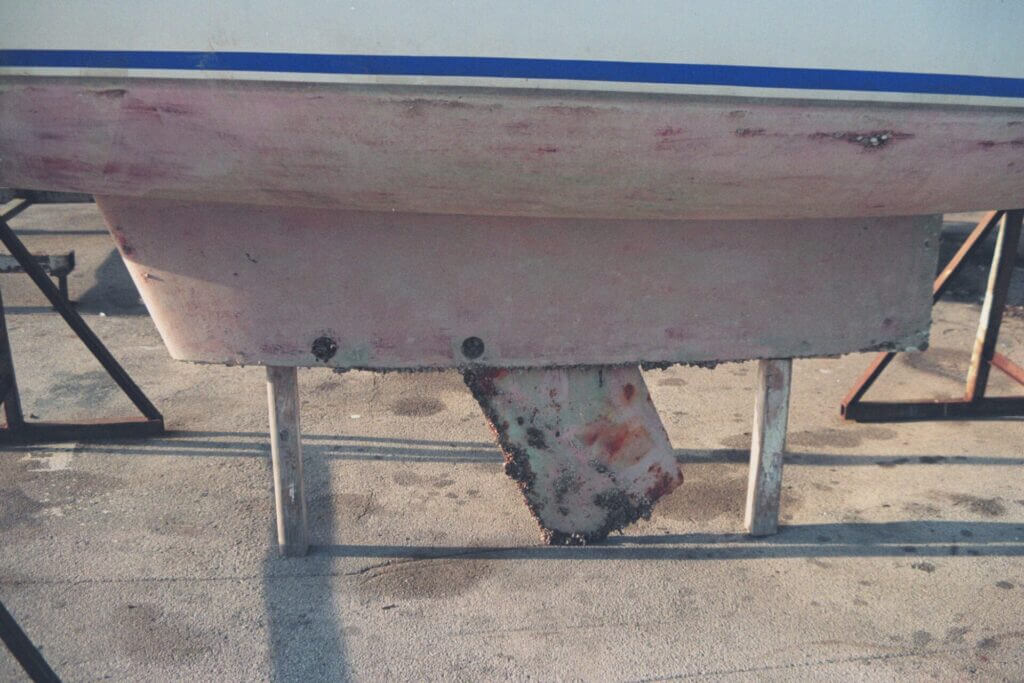
Keel Materials
The material used to build a keel can vary from cast iron, lead, steel, or composite materials. Each material has its advantages and disadvantages.
Cast iron is the most common material used for keels due to its low cost and durability. It is also easily repairable if damaged. However, it is susceptible to rusting and requires regular maintenance.
Lead is a popular choice for high-performance sailboats due to its density, which provides excellent stability while reducing overall weight. However, it is expensive compared to other materials and can cause environmental concerns if not disposed of correctly.
Steel is another popular choice for keels due to its strength and durability. It also offers good value for money compared to other materials but requires regular maintenance against rusting.
Composite materials such as fiberglass are becoming increasingly popular for their lightweight properties and resistance to corrosion. They are also easier to shape into complex designs but tend not to be as durable as metal-based keels.
The Importance of Sailboat Keels in Ship’s Operation
Sailboat keels are an essential component of a ship’s operation. They play a crucial role in maintaining stability and control while sailing, ensuring that the vessel stays on course and doesn’t capsize in rough waters. Without a keel, a sailboat would be at the mercy of the wind and waves, making it difficult to steer and navigate.
The primary function of a sailboat keel is to counteract the force of the wind on the sails. As wind pushes against the sails, it creates a lateral force known as “heeling.” This force can cause the boat to tip over or even capsize if not properly balanced. A sailboat keel serves as a counterbalance to this force, preventing the boat from tipping over by providing stability and balance.

In addition to its stabilizing function, sailboat keels also help with steering and maneuverability. By adjusting the angle of attack on the keel, sailors can change direction or adjust their speed without relying solely on their sails. This allows for greater control over the vessel, especially in challenging conditions such as high winds or rough seas.
Keel and Sailing Performance
The design of a ship’s keel has a significant impact on its sailing performance. Factors like the shape, size, and position of the keel can affect the ship’s speed, maneuverability, and stability.
One critical factor in keel design is the aspect ratio, which is the ratio of the keel’s length to its width. Keels with a high aspect ratio, meaning they are longer and narrower, are generally more efficient at generating lift and reducing drag, making them faster and more maneuverable. However, high aspect ratio keels may be less stable than wider, shorter keels, which can affect their suitability for certain types of sailing.
Another important factor in keel design is the angle of attack, which is the angle between the keel and the water’s surface. A keel with a higher angle of attack can generate more lift, but it may also create more drag, which can slow down the ship. The optimal angle of attack depends on various factors like wind and sea conditions and the ship’s speed and course.
Additionally, the position of the keel on the ship can also affect its sailing performance. A keel located closer to the bow of the ship can improve its upwind performance, while a keel positioned closer to the stern can improve downwind performance.
Ultimately, the design of a ship’s keel is a balancing act between various factors that affect its sailing performance. A well-designed keel can help the ship to sail faster, more efficiently, and with greater stability, making it a crucial component of any sailing vessel.
Environmental Impact
Sailboats have long been regarded as a more environmentally friendly alternative to motorized boats, as they rely on the power of the wind rather than fossil fuels. However, sailboats, like all vessels, still have an environmental impact, and the design of their keels can play a role in this impact.
One aspect of keel design that can affect the environmental impact of sailboats is the use of ballast. Traditional keels use heavy materials like lead or iron as ballast to stabilize the ship and prevent capsizing. However, the production and disposal of these materials can have environmental consequences, such as lead pollution and the release of greenhouse gases during the manufacturing process.
As a response to these environmental concerns, some sailboats have begun to use alternative materials for ballast, such as water or sand. These materials have lower environmental impact than lead or iron and can be more easily disposed of or recycled.
Myths and Misconceptions
There are several myths and misconceptions surrounding sailboat keels, which can lead to confusion and misunderstanding among sailors and enthusiasts. Here are a few of the most common myths and the realities behind them:
Keel Innovations and Future Developments
As with many aspects of sailing, keel design is continually evolving, and new innovations are emerging that could have a significant impact on sailboat performance, safety, and environmental impact. Here are a few keel innovations and future developments to keep an eye on:

What is a Keel? Conclusion
In conclusion, the keel is a crucial part of a sailboat that ensures its stability and maneuverability while sailing. Its history goes back centuries and has evolved to include various types that cater to different sailing needs. Although the keel’s primary function remains unchanged, its impact on sailing performance, safety, and the environment cannot be ignored.
While myths and misconceptions about keels abound, they are generally unfounded and should not discourage sailboat enthusiasts from enjoying their time on the water. As new technologies and materials continue to emerge, the future of keel design promises to be exciting, with innovations that enhance sailing performance and minimize environmental impact. Sailing enthusiasts can look forward to experiencing the benefits of these developments in the years to come.
FAQs
What is the purpose of a keel on a sailboat?
The keel serves as the sailboat’s “backbone,” providing stability and counteracting the force of wind on the sails. It also helps the boat maintain a consistent course and prevents sideways drift.
Can a sailboat operate without a keel?
Yes, some smaller sailboats, such as dinghies and catamarans, do not have a traditional keel. However, they may have a centerboard or daggerboard that serves a similar purpose.
Are there any safety concerns related to sailboat keels?
Improper keel design or maintenance can pose safety risks, such as the keel detaching from the boat or the boat capsizing. It’s important to ensure that the keel is properly installed, inspected, and maintained to minimize these risks.


